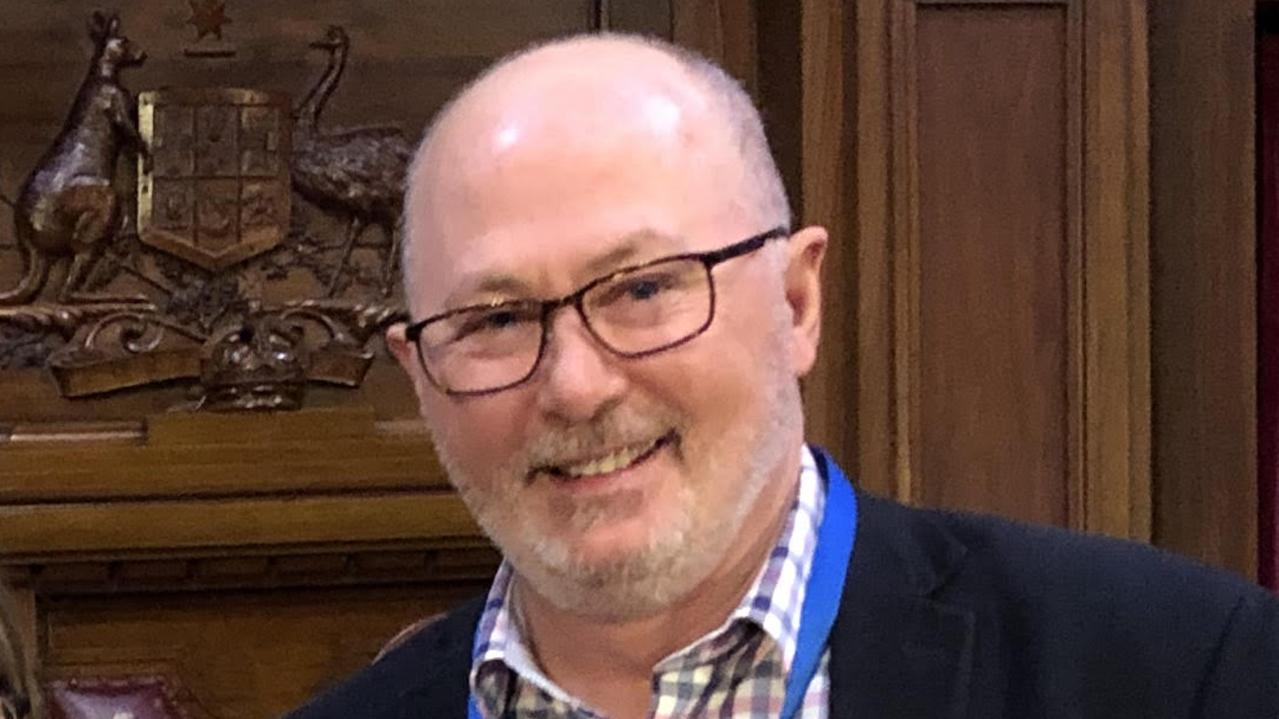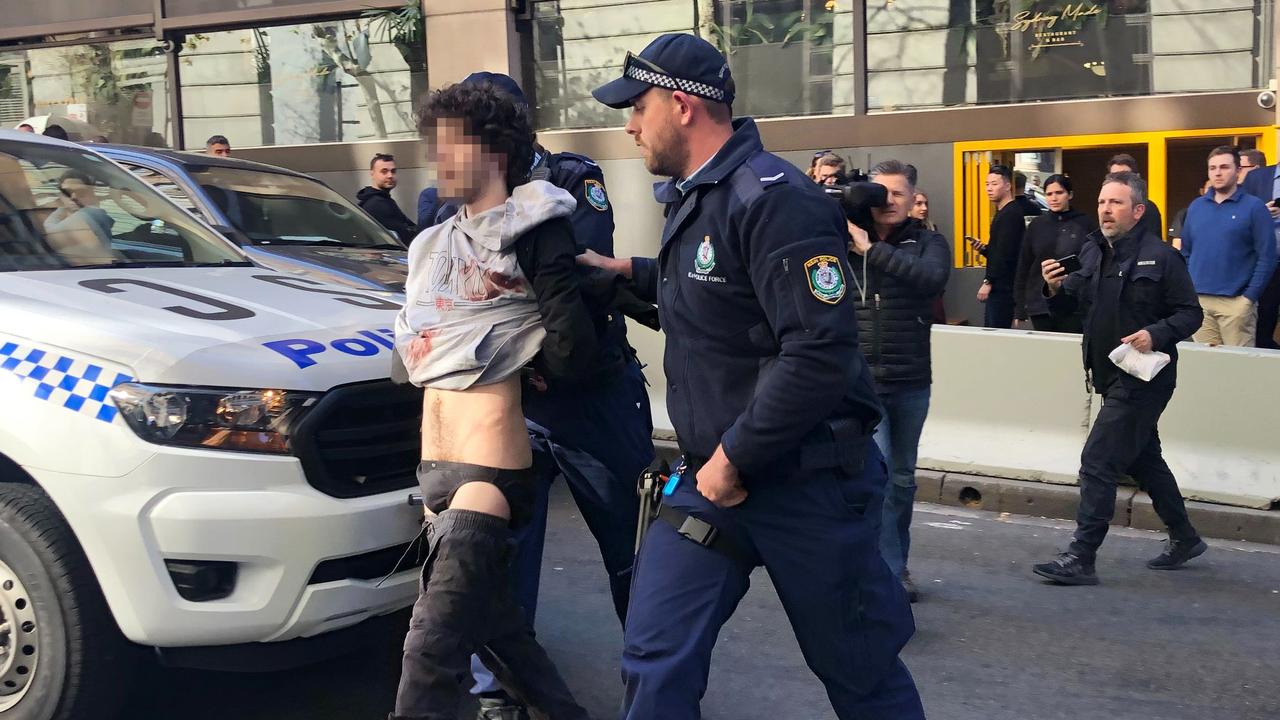Legal rights industry risks entrenching disadvantage
Tokenism by the legal rights industry is curbing free speech and risks entrenching Aboriginal disadvantage.
Can there be any issue on which the left-right divide in Australian media is more damaging than reporting of the effects of Section 18C of the Race Discrimination Act in the Bill Leak and QUT cases?
The progressive media, Fairfax and the ABC, has largely resisted reporting the substance of claims by Cindy Prior against three students over Facebook posts she claimed offended her but which the Brisbane university’s own equity officer, Mary Kelly, ruled three years ago were inoffensive.
The case, in which Prior sought $250,000, was thrown out on November 4.
The original complaint against this newspaper’s multi-award-winning cartoonist Bill Leak did produce many Leak interviews on progressive media, but not much in the way of tough-minded reporting on the link between family breakdown and Aboriginal imprisonment rates that was at the heart of the cartoon.
In the main, Fairfax and the ABC have had an open door to Human Rights Commission president Gillian Triggs, who has been given some soft interviews and has been allowed to get away with false claims she should have been pulled up on. These include false claims she made in estimates hearings in parliament.
Defending Triggs, no matter how outrageous her behaviour, has become an article of faith in the left media. Never mind the facts, just analyse the motive of those on the other side reporting them.
A fortnight ago on ABC’s 7.30, Triggs was allowed to claim the commission case against the QUT students was properly run. She was not asked why the commission had the case under active consideration for 14 months before its lawyers alerted the three students and gave them only three days’ notice.
When questioning politicians, progressive journalists have pushed the idea that 18C is not a first-order issue and is of little interest to the wider community. As if that had ever stopped the ABC or Fairfax. Think of their relentless coverage of fringe sexual identity issues affecting transgender and “intersex” Australians.
The level to which this is a real and important issue became painfully obvious last week. On ABC radio on Sunday night, professor Larissa Behrendt interviewed Stan Grant about his new Quarterly Essay, The Australian Dream.
Behrendt — surely one of the most high-profile beneficiaries of Aboriginal identity in this nation and one of the original parties to the 18C suit against Andrew Bolt five years ago over two very well written and argued essays on light-skinned Aborigines and the benefits they receive that many Australians believe should go to more traditional and disadvantaged Aborigines — was able to discuss identity with Grant free of any legal constraints.
Grant, one of the best thinkers in Aboriginal affairs today, was able to admit and discuss his non-Aboriginal heritage and saw no reason not to be as proud of that as he was of his indigenous heritage.
The next night on the Bolt Report on Sky News, Bolt and his panellists, former Queensland premier Campbell Newman and former NSW treasurer Michael Costa, shuffled uncomfortably as they all acknowledged there was something going on in the Leak case that they could not discuss.
What could it have been? Yes, the old self-identifying “white Aboriginal” issue at the heart of the Bolt case in 2011, when a former Labor candidate and industrial lawyer, Justice Mordecai Bromberg, found in favour of a group of light-skinned Aborigines including Behrendt who said Bolt’s two pieces offended against 18C.
This experienced Sky News panel wanted to discuss a story on the front page of The Weekend Australian last Saturday week. The original complainant in the Leak matter, Melissa Dinnison, who lodged her complaint the same day Race Discrimination Commissioner Tim Soutphommasane, a former Labor flak and columnist on this paper, called for people who had been offended by the August 11 Leak cartoon, to go online and complain to the HRC.
Dinnison finally withdrew her complaint, and the story was broken on page one of The Weekend Australian on November 12. She claimed the paper had been using its journalists to try to track her down and said the attention made her “feel unsafe”. Never mind she was studying in Germany, had accrued no legal costs, was not branded a racist as Leak most surely and most unfairly was and was subsequently given the usual soft treatment by the progressive media, led as usual by the ABC’s storm troopers of identity politics.
But here’s the thing. Dinnison is fair skinned. She is studying for a PhD in Germany and really does not seem to be the sort of person who shared the traumas of the life that Leak’s cartoon character did. Remember the cartoon was run the week of the Four Corners Don Dale detention centre revelations, particularly about the fate of young detainee Dylan Voller, whose father had deserted the family when Voller was three.
Last Thursday, three powerful indigenous women for whom race is much more than a construct of identity appeared at the Press Club in Canberra. One, the academic Marcia Langton, belled the cat on the Leak issue and the reality of male violence against Aboriginal children: “Just over 10,000 (indigenous fathers) are serving time in prisons for acts intended to cause injury, sexual assault and other crimes.”
Jacinta Price, an Alice Springs councillor and daughter of Bess Price, the traditional woman famously defamed in a tweet by fair- skinned Behrendt five years ago, said, “There’s a social inability to criticise anything indigenous and Aboriginal people are encouraged not to evolve with the rest of humanity ... It is a national shame ... male perpetrators have got away with their crimes based on the argument they were operating within their culture’s confines.”
This is where the rubber hits the road on race, 18C and the Leak cartoon. Bolt should be able to discuss the issue freely as should his high-profile former politician guests. Bolt is understandably sensitive to the legal position he faces after the Bromberg judgment. But he is dead right when he implies privately that the issue of light-skinned, self-identifying Aborigines needs to be discussed.
The losers when people who are largely of European heritage and live a mainstream middle-class life win prizes and preferment because of claimed indigeneity are the really disadvantaged, whom most Australians would rightly think deserve the hand-up being awarded so often today to those who hardly need it.
Bolt still believes the behaviours of many self-identifying indigenous people deny the reality that all Australians have multiple identities and ethnicities.
“When you get this new class of activists dominating the idea of Aboriginality, are we actually getting a proper measure of whether Aboriginal progress is going backwards or forwards? If enrolments in, say, law by self-identifying people rise does that really mean we are making improvement in indigenous education?
“If we are not actually touching the Aboriginal areas that we need to are we in fact going backwards in the areas where it really counts?” Bolt asked last week. Well we are, and part of the problem is tokenism by the legal rights industry.
A legal victory to Dinnison would have been just such a case: another turning of a blind eye by the system to the truth Leak drew last August and Langton and Price spoke last Thursday.
Because Grant and Behrendt are not constrained in the way Bolt and Leak are, Grant got to tell his audience something so true we should all be able to talk about it.
Speaking about a time when the nation was grappling with the question in relation to part Aborigines, Grant told his ABC audience: “I saw a people who said I see assimilation as an open door. I will go through the door. I will get a job, I will get a house uptown. I will get my kids into the town school. That led to the fight against segregation. The freedom rides to open up the swimming pools and the cinemas to everyone. To the 1967 referendum when we were finally counted in the census.
“Rather than assimilation being something that was going to absorb us to the point of disappearing, our people seized on that with their own agency to say this is a way of expressing our place in this country.”
Let’s hope remote Aboriginal people also get that chance before their better off middle-class cousins slam the door in their faces.
Chris Mitchell is an ambassador with the Australian Indigenous Education Foundation.




To join the conversation, please log in. Don't have an account? Register
Join the conversation, you are commenting as Logout